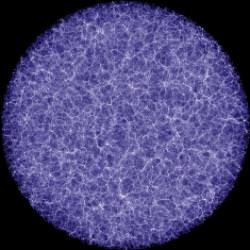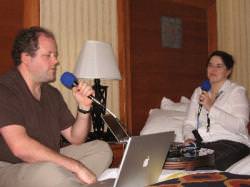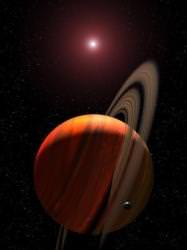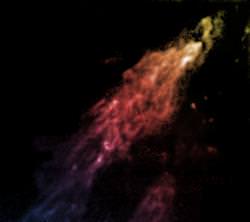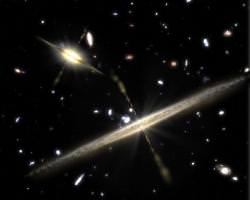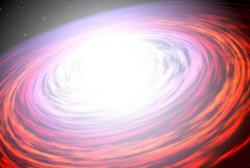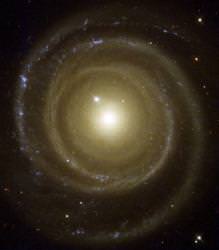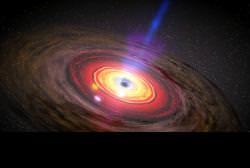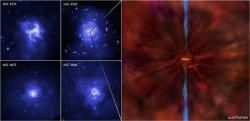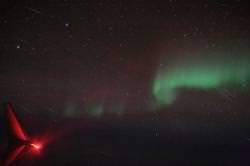Dark energy is probably the most influential force in the cosmos, overwhelming the pull of dark matter, and absolutely dominating the meager impact of regular matter. And scientists have absolutely no idea what it is. But a new supercomputer simulation by cosmologists at Durham University might give astronomers a few places to look; to know how to measure this mysterious force.
When dark energy was discovered in 1998, it came as a complete surprise. By measuring the distance to supernovae, astronomers were hoping to calculate the rate at which the Universe’s expansion is slowing down. Instead of slowing down, though, they found that the expansion of the Universe is actually accelerating. Instead of coming together in a big crunch, it looks like dark energy will spread the Universe out faster and faster.
Physicists now believe that dark energy makes up 70% of the Universe, with the remaining amount made of mostly dark matter, and a sprinkling of regular matter. Since that discovery, astronomers haven’t been able to find the source of this dark energy.
So a new simulation, run on Durham University’s Cosmology Machine supercomputer could help astronomers in their search. The simulation looked at the tiny ripples in the distribution of matter in the Universe made by sound waves a few hundred thousand years after the Big Bang. These ripples have long since been destroyed by the 13.7 billion years of the lifetime of the Universe, but the simulations show they might have survived in some conditions.
By changing the nature of dark energy, the researchers found that the ripples changed in length. In other words, if astronomers can find the ripples in the real Universe, this can help constrain the parameters for dark energy.
Durham University Professor Carlos Frenk said, “the ripples are a gold standard. By comparing the size of the measured ripples to the gold standard we can work out how the Universe has expanded and from this figure out the properties of the dark energy.”
An upcoming ESA mission called the SPectroscopic All-sky Cosmic Explorer (SPACE) should have the capabilities to detect these ripples, and so help put some constraints on the nature of dark energy.
If all goes well, SPACE will launch in 2017.
Original Source: Durham University News Release

